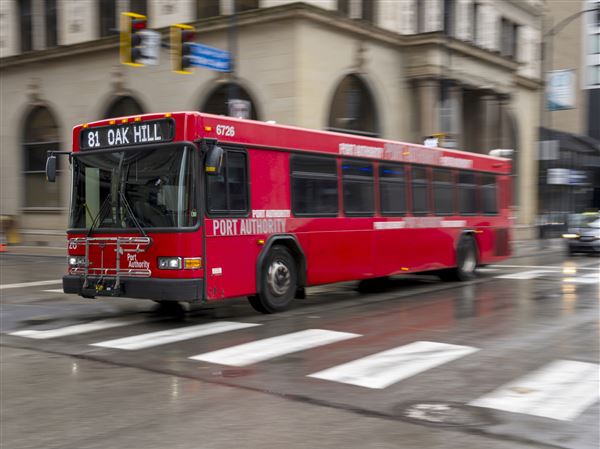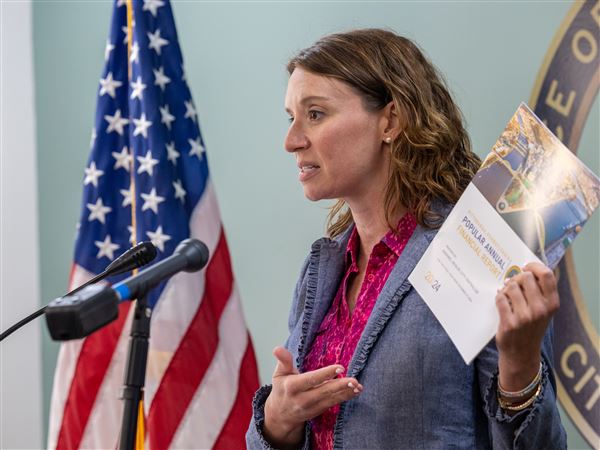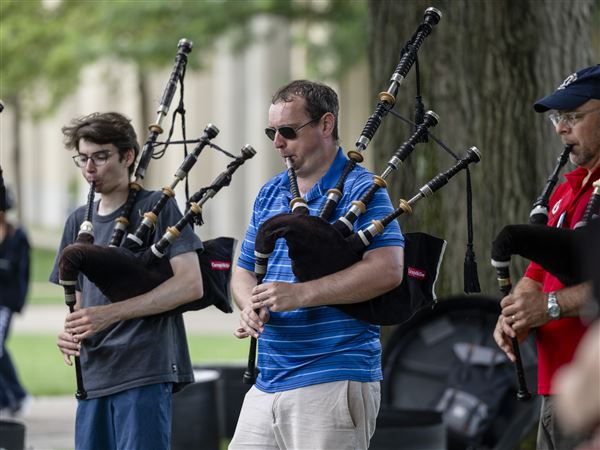Pennsylvania's 14 state-owned universities lost another 5,000-plus students this fall, dropping total head count enrollment below 89,000 — a level not seen in three-plus decades, dating nearly to the system’s founding — according to just released data Monday.
The 5.4% downturn and anticipated loss of more than $36 million in tuition revenue is likely to further complicate efforts to redesign the State System of Higher Education and merge six of its universities — California, Clarion and Edinboro in the west, plus Bloomsburg, Lock Haven and Mansfield in the northeast — into two institutions.
However, the drop from a year ago to a degree was anticipated — at least internally. While not offering a number, State System leaders, including Chancellor Daniel Greenstein, have warned groups including the state Legislature that the 2021-22 academic year would be a “very challenging” one for enrollment, citing factors such as the still-ongoing pandemic.
The system, founded in 1983, saw its enrollment peak at about 119,500 students in 2010. It since fell to less than 94,000 last year and now to 88,651 — lower than any year since at least 1988, according to a review of historical system data.
“We suspect that we are finally seeing the COVID effect on enrollment that some expected to see last fall. Our universities continue to pursue aggressive enrollment management and recruiting strategies in response to the trends we are seeing around the country,” State System spokesman Cody Jones said Monday, reacting to the new fall numbers.
"At the same time, our system redesign efforts are aimed at righting the ship, including growing enrollments, especially among groups of students that have been underserved,” Mr. Jones added.
The percentage decline was included in backup data posted to the system website Monday ahead of the system’s board of governors meeting Wednesday and Thursday. Nearly all the system schools, save Mansfield and Cheyney, saw declines.
The largest drops ranged from 12.19% at Clarion to less than 1 percent at West Chester. All Western Pennsylvania campuses saw losses.
"Fall 2021 enrollment levels have dropped lower than in the most recent years, with an overall headcount loss of 5.4 percent, with the highest declines concentrated in undergraduate enrollment,'' the backup material says.
“The continued financial impact for the current year (FY 2021-22) and beyond will be dependent upon continued enrollment impacts, needs for social distancing, ongoing response efforts to mitigate COVID-19, and future actions by other governmental entities,” it added.
The words were an apparent reference to the state Legislature and the broader state government, given Pennsylvania's nearly dead-last ranking among states in support for higher education: 47th out of 50.
'"The experience with enrollment drops vary by university and are in part associated with continued impacts of COVID-19 on incoming student enrollment. As a result, System-wide, tuition revenue is expected to decrease $36.4 million, or 4.5 percent."
The State System is not alone nationally in experiencing significant declines, given drops in high school graduate numbers — in particular in the mid-Atlantic and Midwest regions — as well as market shifts away from traditional residential students, ages 18-22 years old.
It has intensified the push by public and private institutions to tap new markets, from older adults returning to campus in-person, to capturing a larger share of students of all ages now drawn to online offerings at other campuses in Pennsylvania and beyond. The State System’s in-state yearly base tuition has been frozen for three years at $7,716 and is less than half that of state-related institutions including the University of Pittsburgh and Penn State University.
Still, the pandemic and impact on family incomes have exacerbated an already difficult task of attracting and retaining many students, including first-generation and low-income ones, officials have said.
The new system total of 88,651 students, after a loss of 5,057 individuals, is the lowest since at least 1988. In 1989, the 14 institutions enrolled 96,368 students. This fall’s numbers are within several thousand of the 81,524 who attended during the system's founding year in 1983.
It remains to be seen if the drop will mean additional faculty and staff reductions beyond those already undertaken or planned.
Jamie Martin, president of the Association of Pennsylvania State College and University Faculties, said pandemic issues are certainly potential drivers of the declines, but she also wondered about the impact of redesign and controversial campus mergers.
She said she believes state leaders are at an inflection point: Either fund the State System adequately, “or stop pretending they have one.”
Seeing the shrinking numbers, she said: “It’s really disheartening.”
In addition to Clarion’s drop to 3,922 students from 4,465, other Western Pennsylvania campuses are seeing their own declines. Cal U now has 6,512 students after a loss of 373 individuals or 5.42%; Edinboro stands at 4,043, down by 276 students or 6.39% and Slippery Rock has 8,424 students this fall, down by 452 students or 5.09%.
The western region's largest school, Indiana University of Pennsylvania, suffered another decline, too, dropping below 10,000 students for the first time in decades to 9,308 after a loss of 759 students or 7.54%.The school roughly a decade ago had 15,000 students and at one point was the State System’s largest institution, but is now little more than half the size of West Chester.
“Demographics are a major issue facing all of us, especially in Western Pennsylvania, and the COVID-19 pandemic has also created many challenges for students,” spokeswoman Michelle Fryling said. “Those are issues shared by universities across the state, and especially in Western Pennsylvania.”
She said IUP stands by its decision to switch from a flat tuition rate for full-time undergraduates to per-credit pricing, even if the university’s published costs later became the system’s highest. She cited advantages including that 9 in 10 freshmen receive merit scholarships.
Ms. Martin, who teaches at IUP, sees it differently, given enrollment and financial trends there.
“They made a gigantic mistake,” she said.
Bill Schackner: bschackner@post-gazette.com, 412-263-1977 and on Twitter @Bschackner.
First Published: October 11, 2021, 4:19 p.m.

























